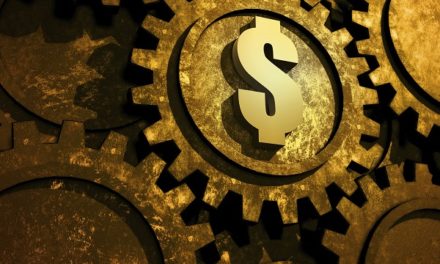
“I buy on the assumption that they could close the market the next day and not reopen it for five years.”
— Warren Buffett
The wisdom of Warren Buffett reflects a value-based philosophy about investing that says investors are buying shares in a business, and encourages strategic thinking about investment time horizon. Before placing a buy order for a stock, a great question we can ask is whether we would still be comfortable making the investment if we couldn’t sell it for many years?
A “buy-and-hold” approach may call for a time horizon that spans a long period of time — maybe even lasting for a five year holding period. Suppose such a “buy-and-hold” investor had looked into buying shares of Humana Inc. (NYSE: HUM) back in 2015. Let’s take a look at how such an investment would have worked out for that buy-and-hold investor:
| Start date: | 03/11/2015 |
|
|||
| End date: | 03/10/2020 | ||||
| Start price/share: | $161.00 | ||||
| End price/share: | $349.30 | ||||
| Starting shares: | 62.11 | ||||
| Ending shares: | 64.26 | ||||
| Dividends reinvested/share: | $8.11 | ||||
| Total return: | 124.47% | ||||
| Average annual return: | 17.54% | ||||
| Starting investment: | $10,000.00 | ||||
| Ending investment: | $22,445.06 | ||||
As shown above, the five year investment result worked out exceptionally well, with an annualized rate of return of 17.54%. This would have turned a $10K investment made 5 years ago into $22,445.06 today (as of 03/10/2020). On a total return basis, that’s a result of 124.47% (something to think about: how might HUM shares perform over the next 5 years?). [These numbers were computed with the Dividend Channel DRIP Returns Calculator.]
Beyond share price change, another component of HUM’s total return these past 5 years has been the payment by Humana Inc. of $8.11/share in dividends to shareholders. Automatic reinvestment of dividends can be a wonderful way to compound returns, and for the above calculations we presume that dividends are reinvested into additional shares of stock. (For the purpose of these calcuations, the closing price on ex-date is used).
Based upon the most recent annualized dividend rate of 2.5/share, we calculate that HUM has a current yield of approximately 0.72%. Another interesting datapoint we can examine is ‘yield on cost’ — in other words, we can express the current annualized dividend of 2.5 against the original $161.00/share purchase price. This works out to a yield on cost of 0.45%.
More investment wisdom to ponder:
“You can’t be a good value investor without being an independent thinker; you’re seeing valuations that the market is not appreciating. But it’s critical that you understand why the market isn’t seeing the value you do.” — Joel Greenblatt




